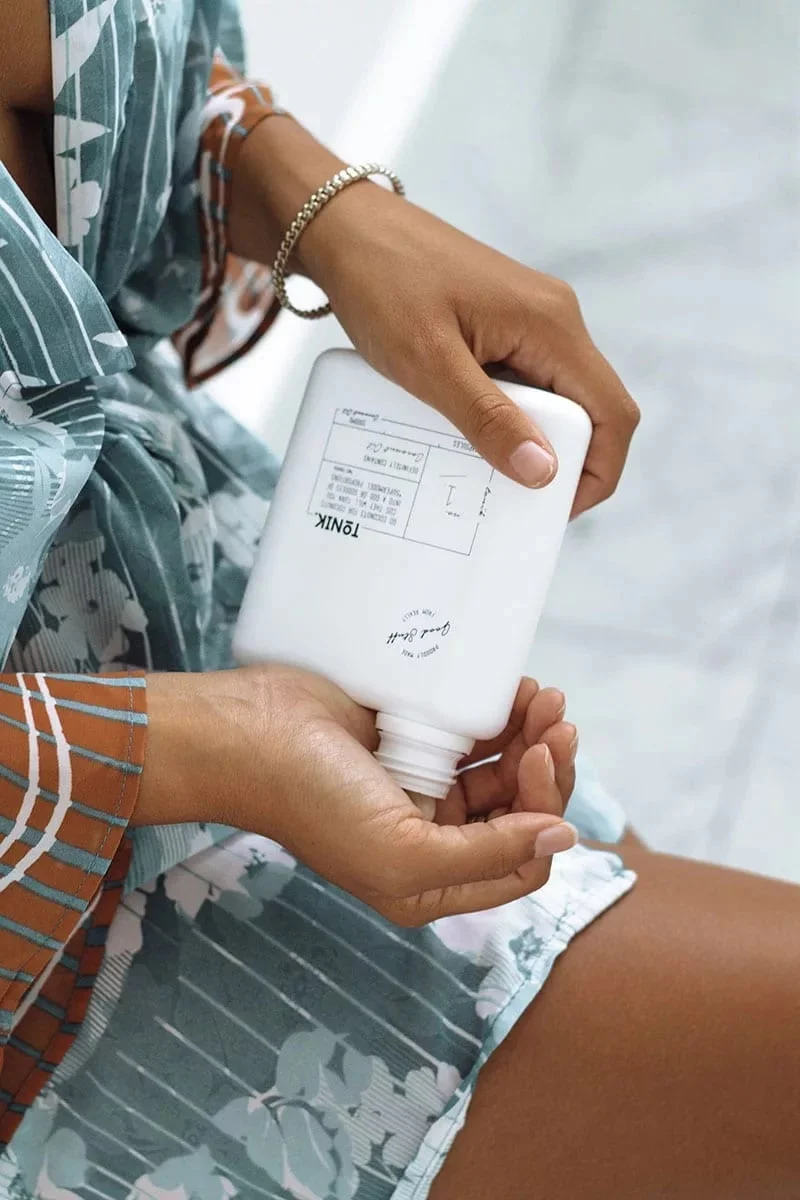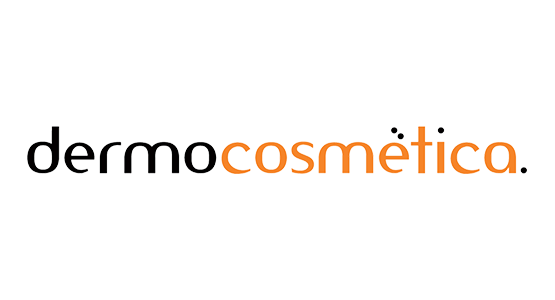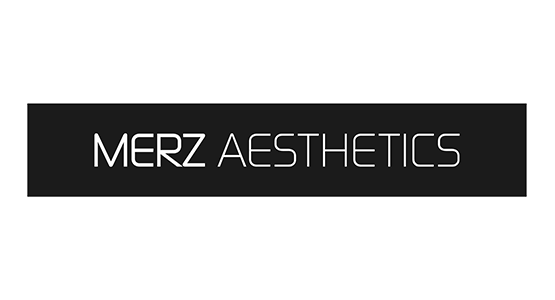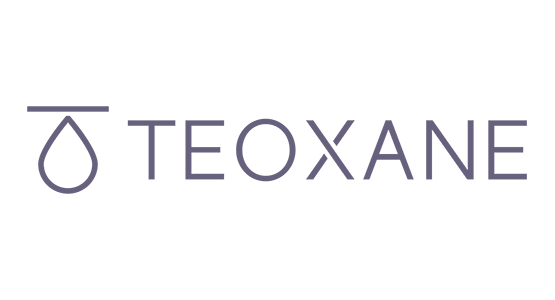There is a reason why you keep hearing about the need for sun protection every day: it matters! The sun is the leading cause of skin damage, including premature skin ageing, irreversible damage to the skin’s DNA and a higher risk of skin cancer. Yet many of us like to skimp on how much we spend on sunscreen while happily going overboard on other skin care products. We assume that all sunscreen ingredients are equally safe and so do not consider whether some are best avoided.
Sunscreens are one of the most important products we can apply to our skin, so it is worth taking the time to get to know your sunscreen ingredients, how they protect your skin and how to choose the right filters, whether mineral or chemical.
Most of us are exposed to some level of UVB and UVA rays each day, and even small amounts of daily exposure can prove damaging to our skin over the long term. While UVB rays burn the skin, UVA rays penetrate more deeply and play a significant role in accelerating skin ageing by doing damage to basal skin cells and melanocytes. This leads to direct damage to DNA and a loss of Retinoic Acid (Vitamin A) in our skin. UVA rays also penetrate glass, so being indoors may not be protective. This makes sunscreen a key part of any skin care routine.
Everyone, no matter what their skin condition or skin care goals, needs a great sunscreen that offers full UVB and UVA protection. Prevention is still the best anti-ageing skin product there is.
The SPF on a product is the level of protection the product provides against UVB rays; it does not indicate what protection you are getting against UVA rays. It is also important to be aware that the maximum protection an SPF30 can give you against UVB rays is 97%. By incorporating antioxidants into your skin care routine, you can enhance the effectiveness of your sunscreen and better fight the damaging effects of the UV rays that do get through.
When choosing a sunscreen, most people will ensure offers UVB and UVA protection, but do not look any further. Carefully check all sunscreen ingredients used in the formulation, including the active ingredients and the non-active ingredients. Also watch out for other potentially harmful and irritating ingredients, such as Retinyl Palmitate, Fragrance and Essential Oils. Visit our pages on Skin Care Ingredients, Fragrance in Skin Care, Essential Oils in Skin Care to find out more.
Read on to find out about what you need to know about sunscreen ingredients and which sunscreen ingredients it may be best to avoid.
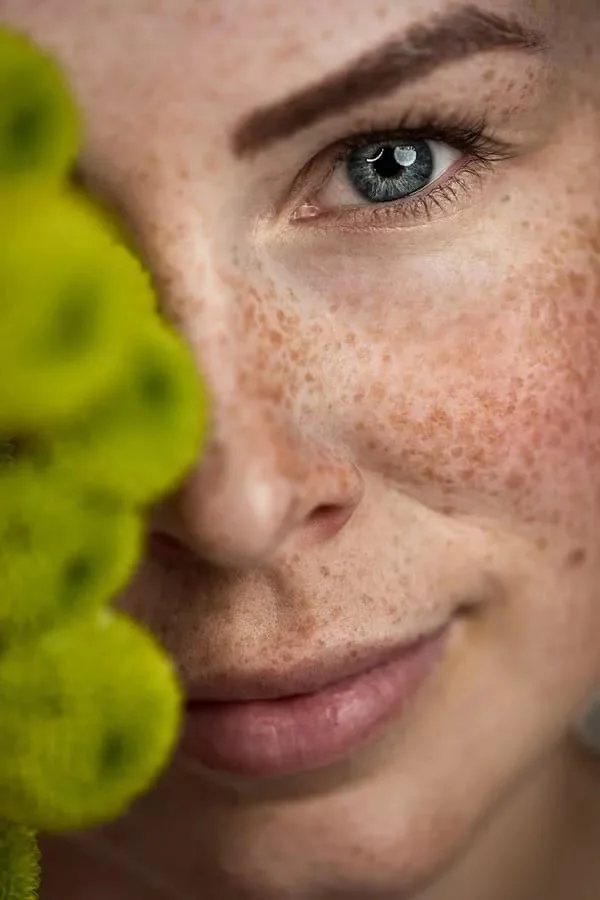
Mineral sunscreens
Mineral sunscreens work in a different way to chemical sunscreens. They use mineral filters that sit on the surface of the skin and block and scatter UV rays. The most commonly used mineral filters are Titanium Dioxide and Zinc Oxide, which come from rocks that are ground into very fine particles.
Given the dreaded ‘white cast’ that most people so dislike, sunscreen makers are increasingly opting for nanoparticle versions, and the US Environmental Working Group (EWG) has urged manufacturers to use “forms of minerals that are coated with inert chemicals to reduce photoactivity”. Despite some concerns, there is little evidence that Titanium Dioxide or Zinc Oxide can penetrate the skin to enter our bodies.
Zinc Oxide is less whitening than Titanium Dioxide and offers excellent UVB and UVA protection. The best formulations use a new generation form that is less thick and less sticky on the skin. Often referred to as Transparent Zinc, the particles are micronised into nano-particles, which is what makes them transparent, but these too are not totally without their share of scrutiny and concern.
Mineral sunscreens are growing in popularity and are preferred by those seeking to avoid a long list of chemicals, some of them on our list of skin care nasties to watch out for. They can be used alone or combined with chemical filters to create a very high SPF that is lighter and less occlusive than a pure mineral sunscreen.
In addition to the white cast of mineral sunscreens, they often do not play well when layered with makeup on top. And depending on the formulation, they may not suit someone with oily or acne-prone skin, as they can cause breakouts. Equally, formulations that are designed to be “matt” offset one problem for another, as they typically have high levels of Ethanol, which can be irritating and drying for the skin .
Mineral filters are safer than chemical filters but may offer less protection from UVA rays, which penetrate deeper into the skin and cause photo damage. Even the best of these sunscreens does not provide 100% UVA protection. And this is where antioxidants come in. Some sunscreens include antioxidants in their sunscreens. Visit our pages on Antioxidants and Vitamin C in skin care to find out more.
It is important to use antioxidants every day as they help protect your skin from UV damage, offset potential free radical damage from some chemical sunscreens and support your skin’s repair process.

Chemical sunscreens
Most sunscreens sold use chemical filters. These chemical sunscreens are usually thinner and more transparent than the mineral ones with the same SPF. They work by penetrating the skin and absorbing UVA and UVB rays to prevent them from causing damage.
Chemical sunscreens can provide higher levels of protection at lower concentrations. This is why many chemical sunscreens are lighter and better absorbed, making them friendlier when layered, especially under makeup. They also do not give off a white cast.
Typically they use a number of chemical agents to get the job done, however this can also create a higher level of irritation for anyone who is sensitive to them. While they do a good job of blocking UV light, they actually break down when exposed to sunlight, thereby delivering diminished protection, sometimes in as little as one hour. Increasingly, there are concerns about the chemicals used, as some can create DNA-damaging free radicals or cause endocrine and hormone disruption.
They are designed to soak into the skin, rather than sit on the skin, but can find their way into human tissues, bloodstream, breast milk and urine. As a result, concerns have been raised in many countries around the world about the use of these sunscreen ingredients.
Types of chemical sunscreens
Three to eight chemical sunscreen filters are often used in a formulation to provide broad spectrum UVB and UVA protection. There is some research to show that Oxybenzone penetrates the skin and acts as a photosensitiser, thereby increasing the production of free radicals, while also having an oestrogen-like effect on the body. Even Octinoxate (Octyl Methoxycinnamate) and Avobenzone have been linked in some studies to free radical generation and hormone imbalance.
Chemical filters such as Butyl Methoxydibenzoylmethane (Avobenzone/Parsol) and Homosalate are often used as they are highly active in absorbing UVB and UVA rays. Octocrylene, Octyl Salicylate (Octisalate), Octyl Methoxycinnamate (Octinoxate), 4-Methylbenzylidene Camphor (4-MBC), Bemotrizinol, Methylene Bis-Benzotriazolyl Tetramethybutyphenol (Tinosorb), Oxybenzone Dioxybenzone, Ecamsule (Mexoryl SX) and Phenylbenzimidazole Sulfonic Acid are often found in various combinations in formulations in Australia.
The US takes a very strict regulatory approach to the chemical filters it allows for use in sunscreens, even more so than Australia and most other countries. Concerns around safety led the Food and Drug Administration in the 1970s to take action to restrict the types of sunscreen filters that can be used, and tight controls have remained in place ever since.
Hawaii has even gone one step further and implemented the world’s first ban on sunscreens containing the chemicals Oxybenzone and Octinoxate, taking effect 1 January 2021, so as to protect its marine ecosystems and human reproductive health. Key West, in Florida, has followed suit also banning these from 2021 due to environmental concerns and their impact on marine life.

Safety of chemical sunscreens
Oxybenzone, Octinoxate, Homosalate and 4-Methylbenzylidene Camphor (4-MBC) are thought to be endocrine disrupters. In laboratory studies, Oxybenzone was identified as a potent anti-androgen and weak estrogen. The Centers for Disease Control in the US routinely detects Oxybenzone in more than 96% of the population. Research by Margaret Schlumpf at the University of Zurich detected Oxybenzone in the breast milk of Swiss women, as well as four other sunscreen filters, showing that the chemicals used can enter the human body. The effect they have, though, remains debatable.
The US Food and Drug Administration undertook testing of six chemical filters in 2019 and found that they were absorbed into the body’s bloodstream, even after a single use and could remain in the body for long periods. This study evaluated absorption of Avobenzone, Oxybenzone, Octocrylene, Homosalate, Octisalate and Octinoxate.
Chemical sunscreens can cause skin irritation and even allergies in some people, with Avobenzone, Oxybenzone and 4-Methylbenzylidene Camphor the worst offenders. The US Environmental Working Group considers Oxybenzone to be one of the most worrying sunscreen ingredients as it is in up to 65% of chemical sunscreens and has been found to cause allergic skin reactions. The Environmental Working Group also has a high level of concern about Octinoxate, and a moderate level of concern about Homosalate, Octisalate and Octocrylene, other commonly used sunscreen ingredients.
Pregnant women, those with reactive skin and those looking to avoid chemical filters in their sunscreen, should stick with mineral sunscreens.
Hazard ratings of chemical sunscreens
| CHEMICAL UV FILTER | HAZARD SCORE | HORMONE DISRUPTION | SKIN ALLERGY |
|---|---|---|---|
| Oxybenzone | 8 | Yes | High |
| Octinoxate | 6 | Yes (Animal Studies) | Moderate |
| Homosalate | 4 | Yes | N/A |
| Octisalate | 4 | N/A | Rare |
| Octocrylene | 3 | N/A | High |
| Avobenzone | 2 | No | Possibly if not stabilised |
| Mexoryl SX | 2 | No | Low |
Source: www.ewg.org

Combined sunscreens
Some sunscreens combine both mineral and chemical filters to achieve maximum broad-spectrum protection, while still being comfortable to wear. These formulas have physical filters that protect the epidermis and chemical filters that protect the epidermis and dermis by absorbing the UV rays.
Chemical sunscreens such as Avobenzone and Homosalate are widely used to soak up UVB and UVA rays. But a single chemical is generally not enough to protect against both types of harmful rays. Combined formulas are more likely to provide effective broad-spectrum protection. Remember that Titanium Dioxide also does not provide full UVB and UVA protection when used alone.
In addition to physical and chemical filters, look for antioxidants to protect against free radical damage, such as Vitamin C, Vitamin E, Green Tea, Ferulic, CoQ10, Pine Bark, Resveratrol … and many others.
Mineral sunscreens are the safest bet from a personal health and environmental perspective, however we know not everyone likes to use them.
Regulation of sunscreen ingredients
The use of sunscreen filters is controlled in many countries, and national regulatory authorities regularly review the latest science and permissions around what chemical filters they allow to be used. In Australia and New Zealand, primary sunscreens are regulated by the Therapeutic Goods Administration and must comply with the Australian and New Zealand Sunscreen Standard AS/NZS 2604: 2012. Secondary sunscreens (sun lotions, foundation, makeup and moisturisers) are treated as cosmetics and regulated by NICNAS and the Australian Consumer and Competition Commission.
The Therapeutic Goods Administration in Australia has approved 33 active sunscreen ingredients for use and these must be listed on the label, although non-active ingredients do not need to be declared. These are either organic sunscreens or inorganic sunscreens (Titanium Dioxide and Zinc Oxide), which use small particles to act as physical blocking agents that absorb and dissipate UVB and UVA rays. To improve the end formulation and reduce the white cast effect, these formulations are increasingly using nano-particles or what may be referred to as micronised.
Chemical sunscreen filters approved in Australia
Sunscreen filters approved for use in Australia comprise:
- Camphor-based compounds: used to filter UVB, most commonly Benzylidene Camphor Sulfonic Acid and 4-Methylbenzylidne Camphor.
- Benzophenone and its derivatives: commonly used to filter UVB.
- Benzotriazoles: scatter, reflect and absorb UVB and some UVA.
- Cinnamates: UVB absorbers, often used alongside Benzophenones.
- Para-Aminobenzoic Acid (PABAs): little used these days due to adverse reactions and typically replaced by Cinnamates.
- Salicylates: weak absorbers of UVB, but used to also help other filters mix into the formula.
- Inorganic: metal oxides, specifically Titanium Dioxide and Zinc Oxide.
National regulatory bodies do not take a consistent approach to the use of chemical filters and their potential unintended effects, making it all the harder for consumers to understand the science and what does or does not pose a serious concern. Many manufacturers will argue that the benefit of these chemicals, by preventing skin damage and skin cancer, outweighs the concerns. Despite this, it remains quite infuriating for any consumer not to have access to information on pack on all the ingredients used in the formulation. We implore regulators, manufacturers and brand owners to do better.
Chemical UV filters can be irritating to some skin types, and can cause allergic reactions. They can also expose your skin to free radical damage over the long term. Newer, better formulas will incorporate antioxidants to help offset this damage.
If you are at all concerned about the environment, you will also want to know whether the chemicals used in your sunscreen are damaging to coral reefs and marine life. Read our section on Environmental Considerations.

Inactive sunscreen ingredients
Sunscreens also contain inactive ingredients. These inactive ingredients make up 50-70% of a sunscreen product. On their own, or in combination with other ingredients, they also may be of concern.
Methychloroisothiazolinone is one such ingredient that has been declining in use due to it causing serious skin allergies, despite it being used in formulas being marketed as suitable for babies! The European Scientific Committee on Consumer Safety has concluded that no concentration of the chemical is considered safe in a leave-on cosmetic product.
Another ingredient is Retinyl Palmitate. Many brands have removed it from their sunscreen formulations, however it is still commonly found in moisturisers that have an SPF below 15, and therefore are classified as cosmetics and not sunscreens.
Environment and sunscreen ingredients
As if it was not hard enough to choose a safe sunscreen, there are also environmental factors, including damage to coral reefs and marine life, to consider.
People are becoming more aware of the environmental impact of their sunscreen ingredients, but sadly there has been a growing number of new sunscreens entering the market claiming to be reef safe when they are not. Claims that a product is reef safe are not specifically regulated.
A coral reef is a living organism that provides a home for up to a quarter of all ocean species and provides shore protection, a source of medicines and tourism jobs worth up to $243 billion a year, according to The Smithsonian Institute.
The issue of damage to coral reefs is hotly debated. The science isn’t entirely clear about which ingredients in sunscreens are causing the damage, but it’s claimed that Oxybenzone, Octinoxate, Butylparaben and 4-Methylbenzylidene-Camphor are among the worst offenders.Unfortunately, about 25-60 million bottles worth of sunscreen wash off into coral reef areas each year and, with about 25% of the sunscreen we put on is released into the water in the first 20 minutes.
Even if you are not using sunscreen around coral reefs, it can still affect marine line and have other consequences. When we shower, the sunscreen washes off and pollutes waste water, which also makes its way into the ocean.
To protect coral reefs, EWG recommends you minimise the use of sunscreen ingredients by:
- wearing protective clothing
- applying sunscreen only to exposed areas: face, neck, hands
- using Zinc Oxide or Titanium Dioxide formulations
Sunscreen is too important a product to ignore. But make sure you’re conscious of how you’re using it.

